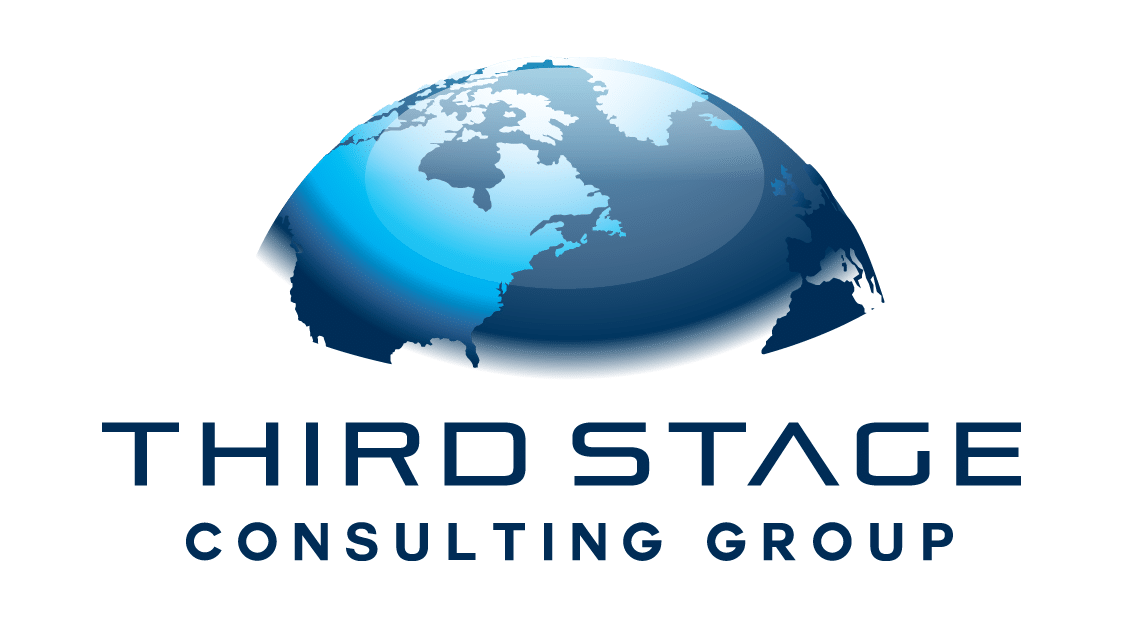By Third Stage Consulting
According to recent statistics, only 35% of the tech workforce is made up of women. That number speaks volumes — and not in a good way. Despite decades of progress across industries, technology remains one of the most male-dominated spaces in the professional world.
So, we hit the ground at Epicor’s Insights Conference to dig deeper and hear directly from women in the field: what challenges they’ve faced, how the industry has evolved, and what it’ll take to shift the landscape for good.
Here’s what we uncovered.
Table of Contents
ToggleThe Gender Gap in Tech: It’s More Than Just a Pipeline Problem
When we talk about underrepresentation, the common narrative often centers on the “pipeline problem” — that not enough women are entering the field. But the issue is far more layered.
Many of the women we spoke with started with the right degrees, skills, and ambition. They were in the pipeline. But along the way, they encountered roadblocks — from being passed over in meetings to facing cultural norms that subtly excluded them.
One woman shared that early in her career, despite holding an MBA and being the lead on projects, people in meetings would defer questions to older male colleagues sitting next to her. “They just assumed I wasn’t in charge,” she said. “Luckily, I had coworkers who would redirect the conversation back to me — but that kind of assumption wears on you.”
Subtle Barriers: The ‘Boys Club’ That Still Persists
Several women highlighted the subtle but powerful dynamics that still shape their day-to-day work.
“It’s not always direct exclusion,” one interviewee explained. “It’s not being invited to the golf outing. Or it’s the whiskey night after a big meeting where relationships get built — and you’re not there.”
These cultural behaviors might not be company policies, but they shape who gets heard, promoted, or supported. They reinforce an unspoken hierarchy that women often have to work harder to climb.
Visibility, Representation, and the Fear of Mistakes
When you’re the only woman in the room — or in the department — there’s a pressure that goes beyond your job description.
“I knew if I made a mistake, it wouldn’t just be ‘I’ made a mistake,” one woman said. “It would be the woman made a mistake. That’s the pressure — but the flip side is that when you get it right, people take notice.”
Visibility cuts both ways. And for women in technology, that spotlight can feel heavier. It demands perfection — but it also creates powerful opportunities to lead by example and set a new standard.
Is It Getting Better? Most Say Yes — Slowly
Despite the challenges, many women we spoke with said they’ve seen progress in the industry.
“Years ago, I’d go to meetings and there wouldn’t be another woman in sight,” one attendee shared. “Now, I sit at a booth with men, and people come up and treat me with equal respect. They don’t look past me. That didn’t always happen before.”
Others echoed similar thoughts: growing visibility, stronger support systems, and more inclusive conversations. But they were also quick to clarify that there’s still work to do.
Confidence and Competence: Breaking Through with Expertise
What’s one of the most powerful tools women in tech are using to break through? Expertise.
“Know your stuff,” said one panelist. “When you know the product, the system, the strategy — no one can argue with that.”
Many said that building credibility through knowledge, experience, and problem-solving has been key. But it takes confidence too — the courage to speak up, take space, and back yourself even when others don’t.
Why Representation Still Matters
The more women in tech, the more momentum there is to normalize diversity. Representation sends a clear message to the next generation: You belong here too.
It also makes a difference in client relationships. “When I speak with other women on the client side, there’s an instant sense of connection and mutual respect,” one consultant noted. “And it’s amazing to see more of that now than ever before.”
What Can Companies Do to Help?
It’s not just about hiring more women — it’s about creating a workplace where women can thrive. That includes:
- Inviting diverse voices to the table (and the golf course)
- Actively advocating for underrepresented colleagues in meetings
- Offering mentorship and growth paths for women early in their careers
- Being aware of biases — even the unspoken ones
- Valuing expertise over assumptions
Final Thoughts: So, Where Are the Women in Tech?
They’re here. They’re building products, leading teams, managing client relationships, and innovating across the board. But the tech world still has some catching up to do in terms of culture, inclusion, and opportunity.
To the women already in tech: keep pushing boundaries. Your presence matters.
To the men: be the ally who redirects the question and opens the door.
To leadership: build systems that don’t just welcome women, but support and elevate them.
Let’s not wait for the numbers to slowly rise. Let’s actively build a tech industry where 35% becomes 50% — and beyond.
We want to hear from you.
Are you a woman in tech? Have you seen things shift in your workplace? What challenges have you faced — and what progress gives you hope? Drop your thoughts in the comments. Let’s keep the conversation going.
Need help building an inclusive digital transformation team?
At Third Stage Consulting, we believe success comes from diversity of thought and experience. We help companies implement tech systems while building cultures that support the people using them.
Contact us to learn more.






